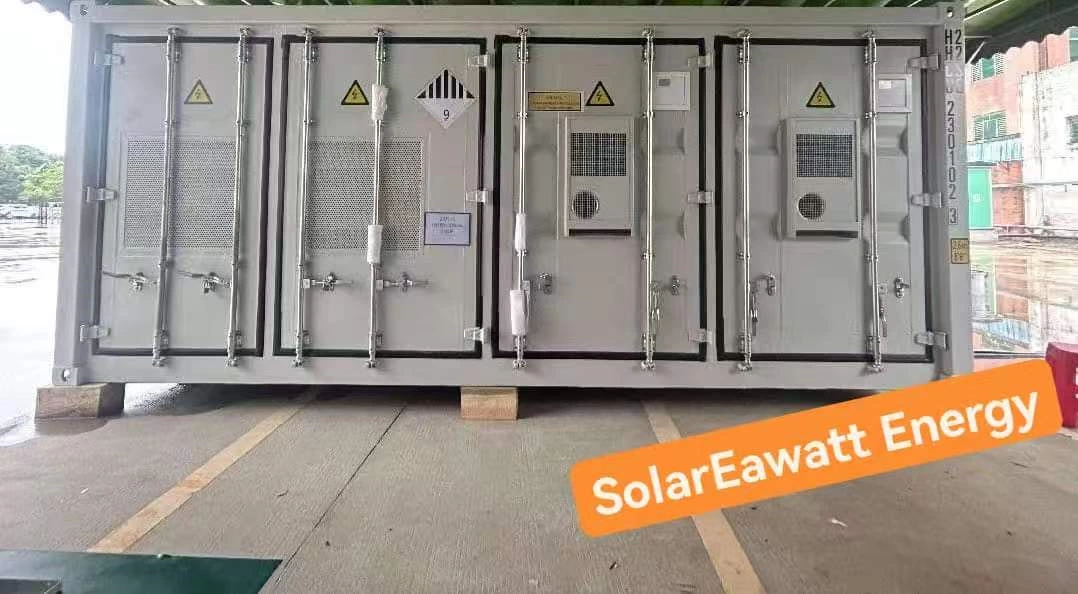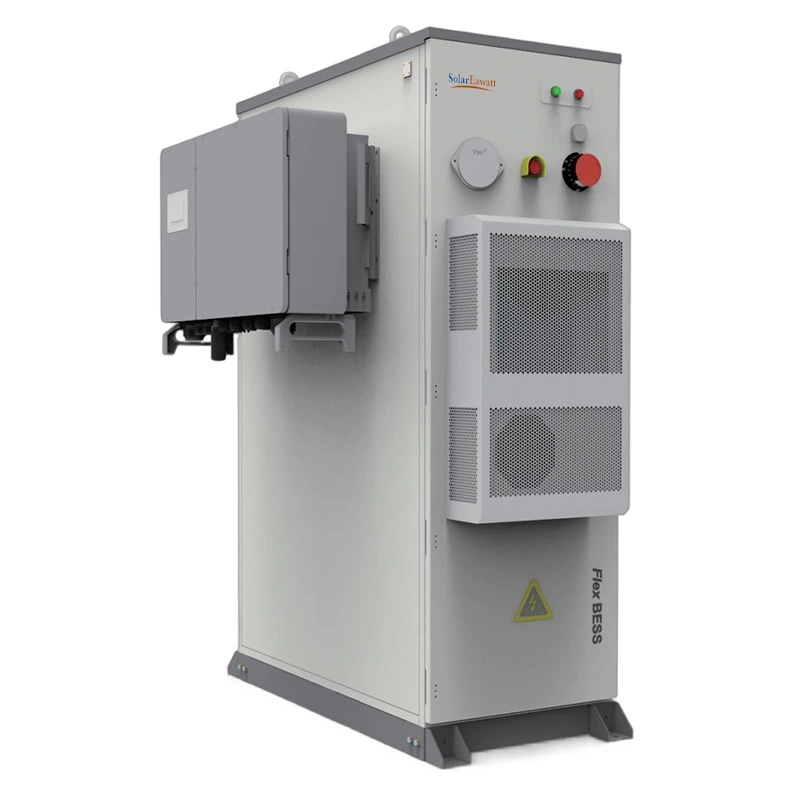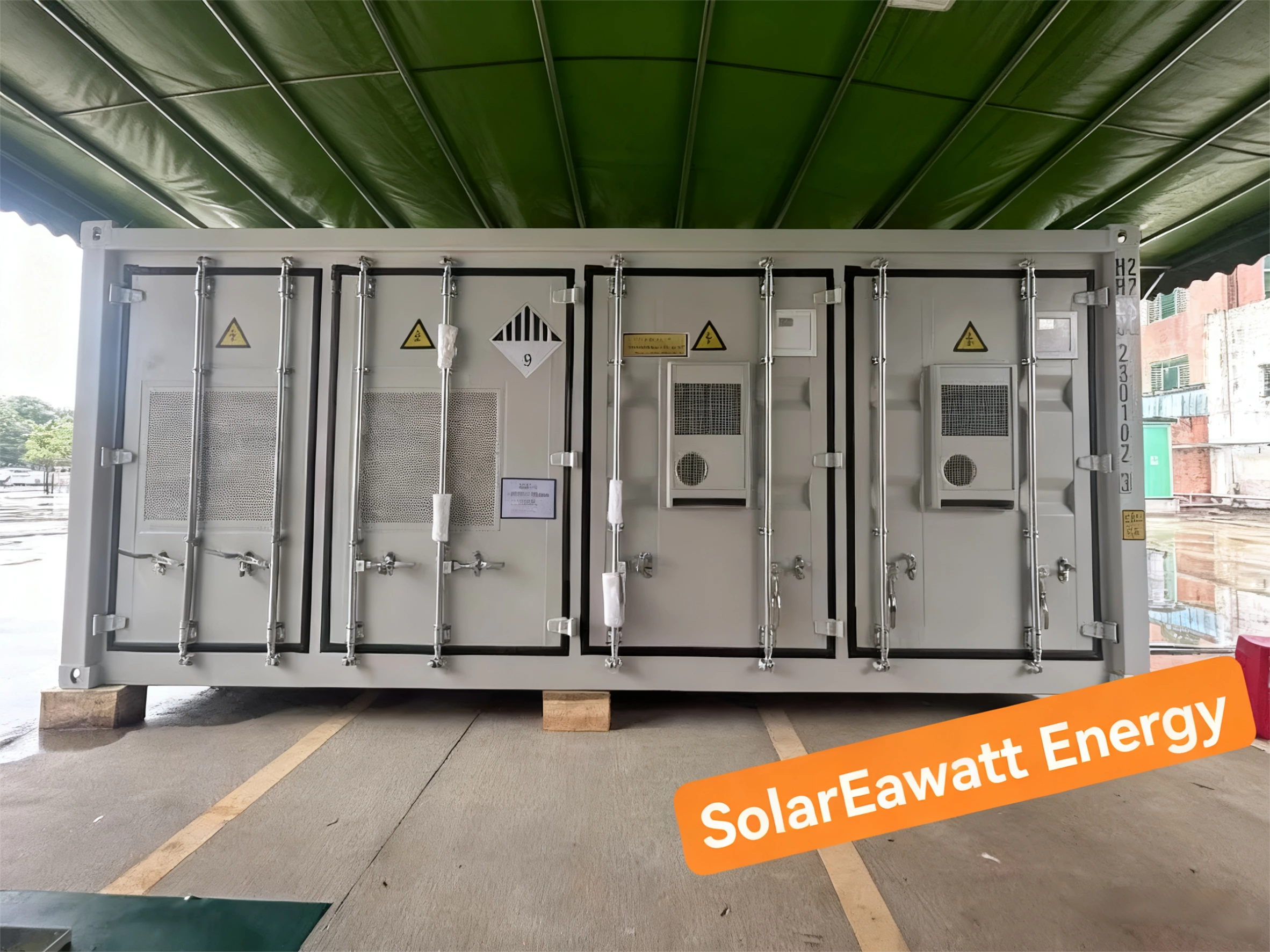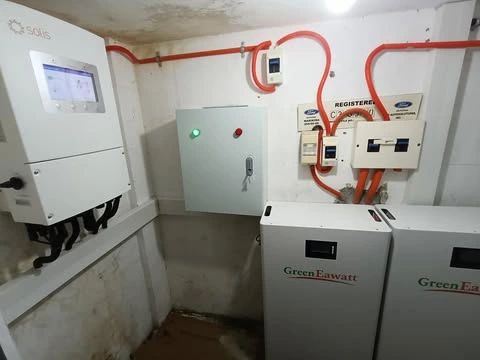Summary of FCR&Eawatt's Role in this Field
Summary of Frequency Containment Reserve (FCR)
Frequency Containment Reserve (FCR), also known as primary control reserve, is the fastest automatic balancing service used to maintain the stability of the electricity grid's frequency. Its primary function is to counteract short-term, unexpected imbalances between electricity generation and consumption within seconds, preventing the grid frequency from deviating from its target value of 50.00 Hz in Europe.
Key Characteristics
-
Purpose: To stabilize grid frequency immediately after an imbalance occurs (e.g., a power plant tripping offline or a sudden drop in wind power).
-
Activation Time: Automatically and within seconds (less than 10-30 seconds) of a frequency deviation.
-
Duration: Provides power for a short burst, typically up to 15 minutes. This brief period allows slower reserves to be activated.
-
Activation Method: Fully automatic. It is triggered directly by the change in grid frequency itself, not by a manual signal from a grid operator.
Why is FCR Needed?
The electricity grid operates on a delicate balance between supply (generation) and demand (consumption). This balance is reflected in the grid frequency:
-
50.00 Hz: Perfect balance.
-
Below 50.00 Hz: Consumption is greater than generation (under-frequency). The grid is in danger.
-
Above 50.00 Hz: Generation is greater than consumption (over-frequency).
Grid inertia from large rotating generators traditionally helped absorb small shocks, but the rise of variable renewable energy (like wind and solar), which lacks this inherent inertia, makes the grid more susceptible to rapid frequency changes. FCR is the essential first line of defense to stop these deviations from growing and causing blackouts.
Types of FCR
There are two main types, differentiated by their activation range:
-
FCR for Normal Operation (FCR-N):
-
Function: Reacts to small, frequent fluctuations within the normal operating range.
-
Activation Range: 49.9 Hz to 50.1 Hz.
-
Requirement: Must be capable of both increasing and decreasing power (both up and down regulation).
-
-
FCR for Disturbances (FCR-D):
-
Function: A special product in the Nordic countries that reacts to larger, more serious disturbances.
-
Activation Range: Outside the standard range, typically below 49.5 Hz or above 50.5 Hz.
-
Product Types: It is divided into static and dynamic products, as well as separate products for up-regulation (adding power) and down-regulation (reducing power).
-
How FCR is Activated and the Process
The process is a coordinated chain of reserves:
-
Imbalance Occurs: e.g., a large power plant fails.
-
Frequency Deviation: The grid frequency instantly starts to drop (e.g., to 49.8 Hz).
-
FCR Activation: Assets providing FCR automatically detect the frequency drop and inject power into the grid within seconds. This arrests the frequency drop and stabilizes it, but not necessarily at exactly 50.00 Hz.
-
Handover to Secondary Reserve: After about 30 seconds, the Automatic Frequency Restoration Reserve (aFRR) is activated by the Transmission System Operator (TSO). The aFRR's job is to relieve the FCR resources by taking over the balancing effort and finely restoring the frequency back to 50.00 Hz.
-
Tertiary Reserve (mFRR): Finally, the slower Manual Frequency Restoration Reserve (mFRR) is activated to replace the aFRR and handle longer-lasting imbalances.
Who Provides FCR? The Changing Landscape
-
Traditionally: Large-scale power plants (like hydro, gas, or coal) were the primary providers.
-
Modern Shift: There is a major move towards using aggregated distributed energy resources (DERs). This involves pooling together many small, fast-responding assets like:
-
Battery Energy Storage Systems (BESS)
-
Residential and commercial batteries
-
Demand-response applications
-
Key Players in this New Model:
-
Aggregator/Flexibility Service Provider (FSP): Pools the capacity of many small assets and sells it as a single, large reserve product.
-
Transmission System Operator (TSO): The entity responsible for grid stability; it procures the FCR service.
-
Balancing Service Provider (BSP): Often the entity that markets the capacity to the TSO.
Regulation and Procurement
-
Governance: The rules for FCR are set at the European level by ENTSO-E (European Network of Transmission System Operators) through guidelines like the Electricity Balancing Guideline (EBGL).
-
Procurement: TSOs procure a specific volume of FCR capacity (e.g., ±3000 MW for Continental Europe) typically on day-ahead markets. Providers are paid for making their capacity available.
-
The 30% Rule: A key regulation stating that at least 30% of a country's FCR demand must be procured within that same country (with a minimum of 100 MW), ensuring local security of supply.
Eawatt's Role in this Field
As a BESS supplier, Eawatt already participates in the FCR markets of two European countries. For this purpose, Eawatt has specifically developed the 1MW/1.1MWh 0.4KV BESS and the 1118KW/2236KWh 0.69KV BESS models. These two models cater to FCR requirements at 0.5C and 1C rates, respectively. Eawatt provides a local Energy Management System (EMS) that interfaces with the aggregator's station-level EMS, perfectly meeting grid requirements and complying with EU market regulations. Eawatt's advanced local EMS positions it uniquely to perform optimization both locally and at the system level.

In essence, FCR is the critical, instantaneous "immune response" of the power grid, automatically neutralizing threats to frequency stability and allowing time for slower, more sustained reserves to kick in. Its evolution to include small-scale, renewable-based assets is fundamental to the future of a decarbonized and secure electrical system.





